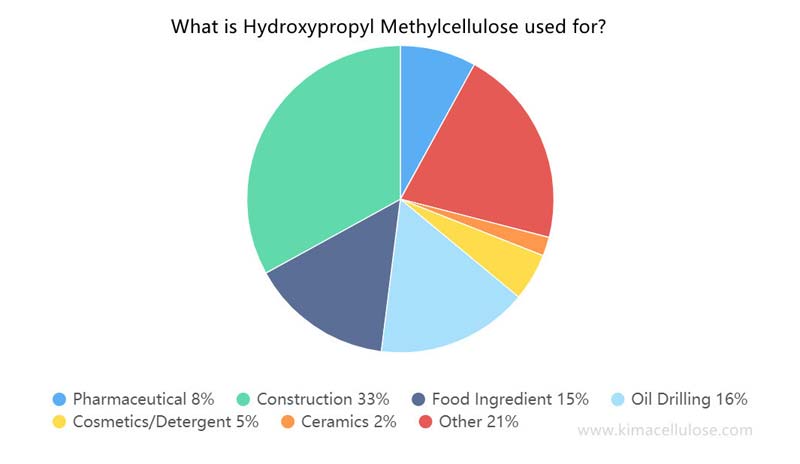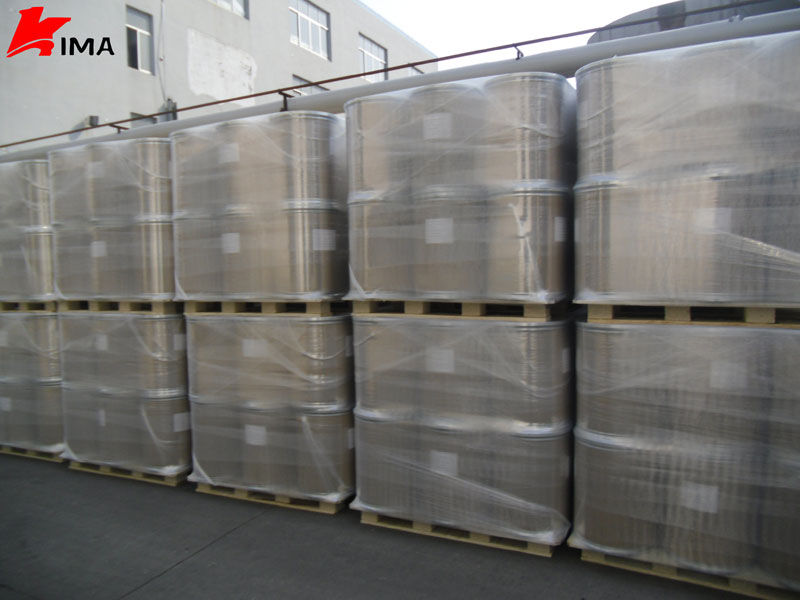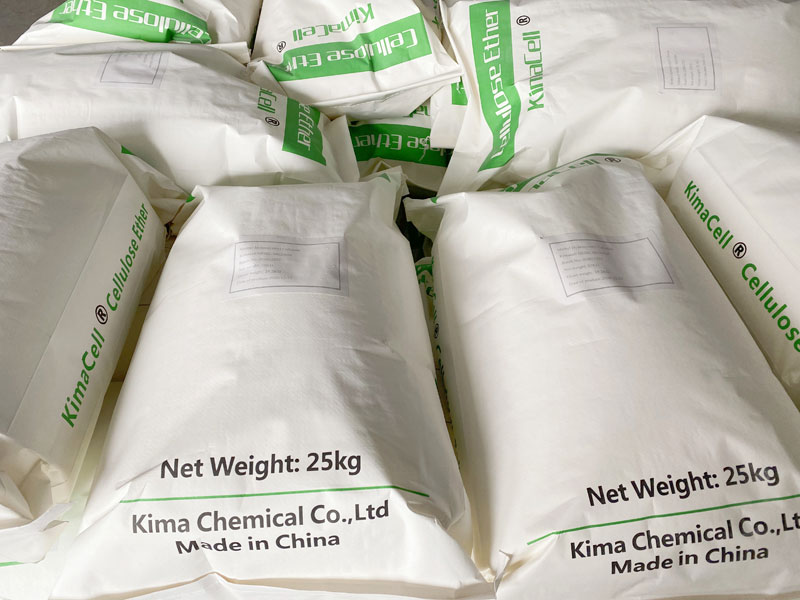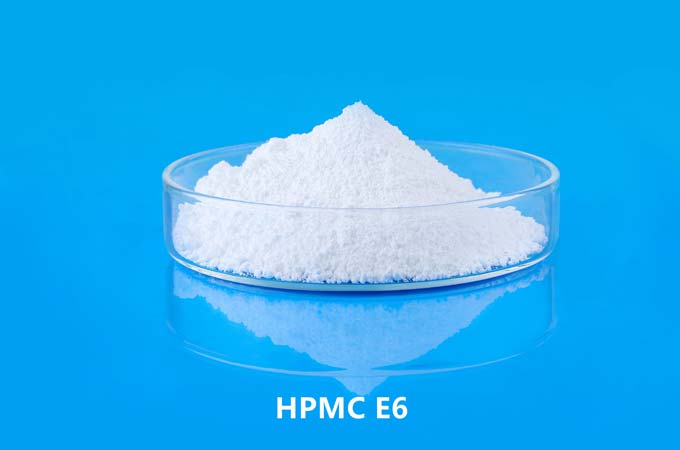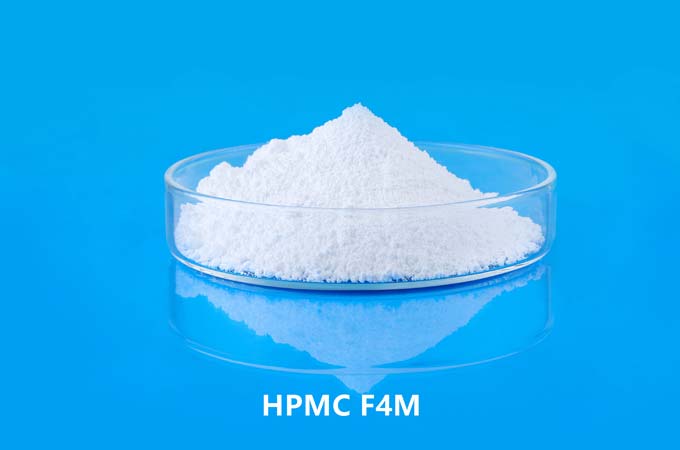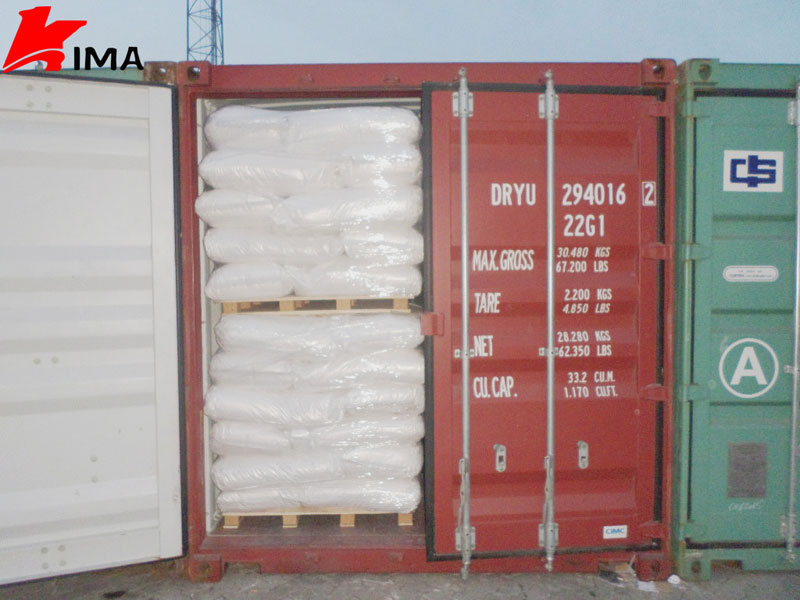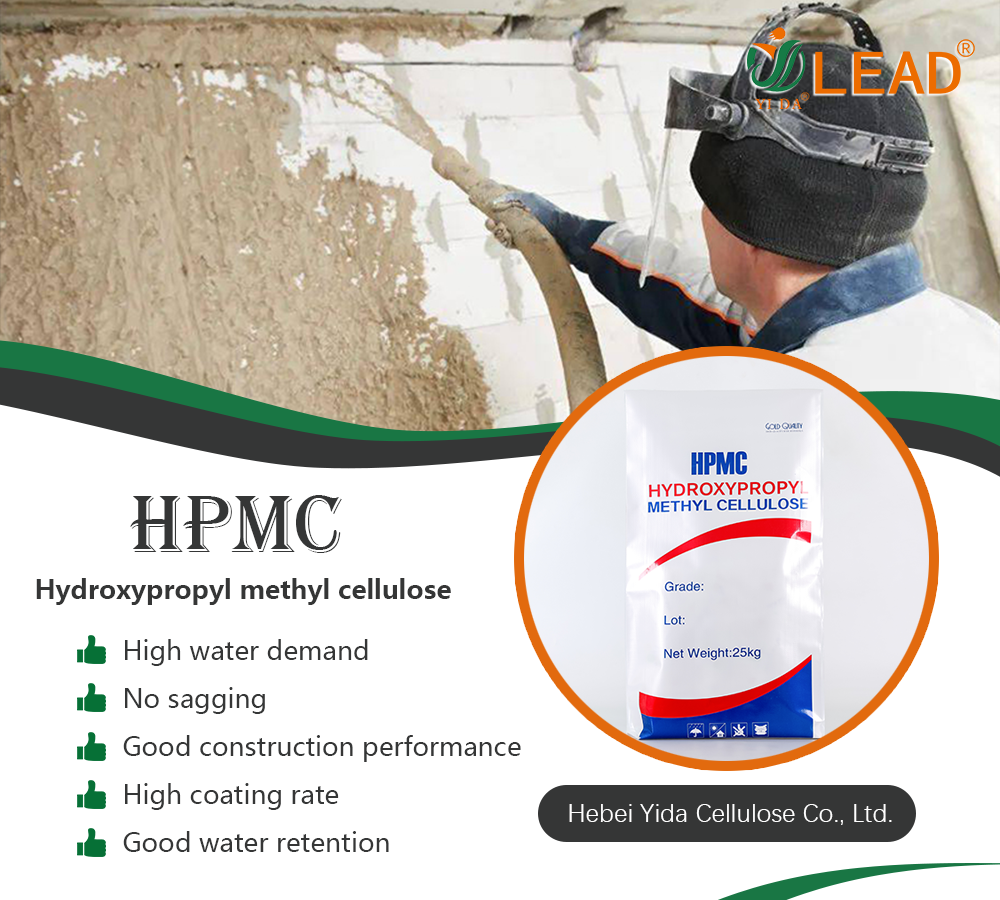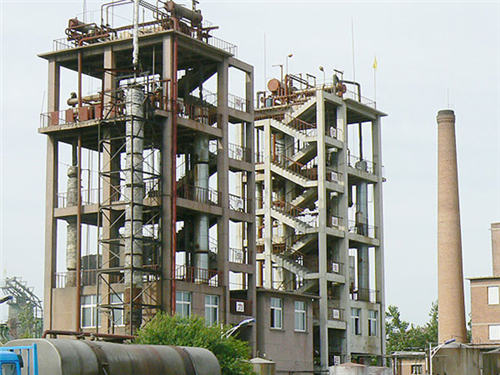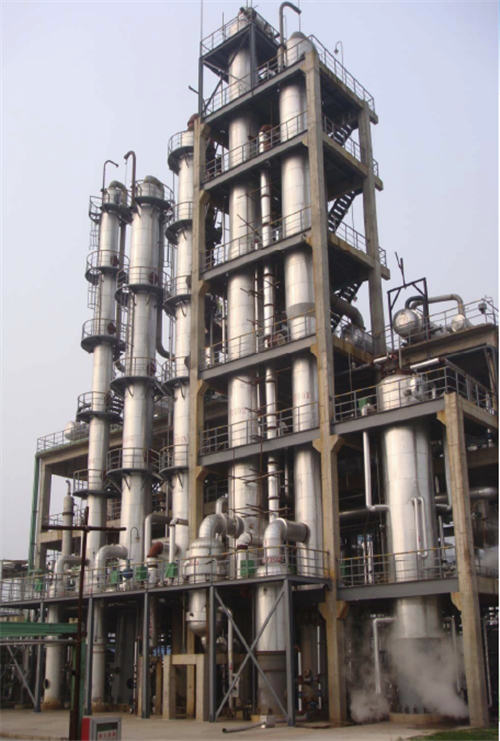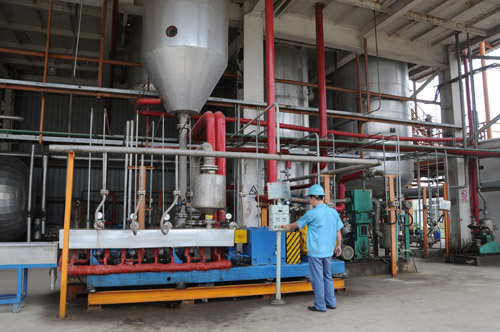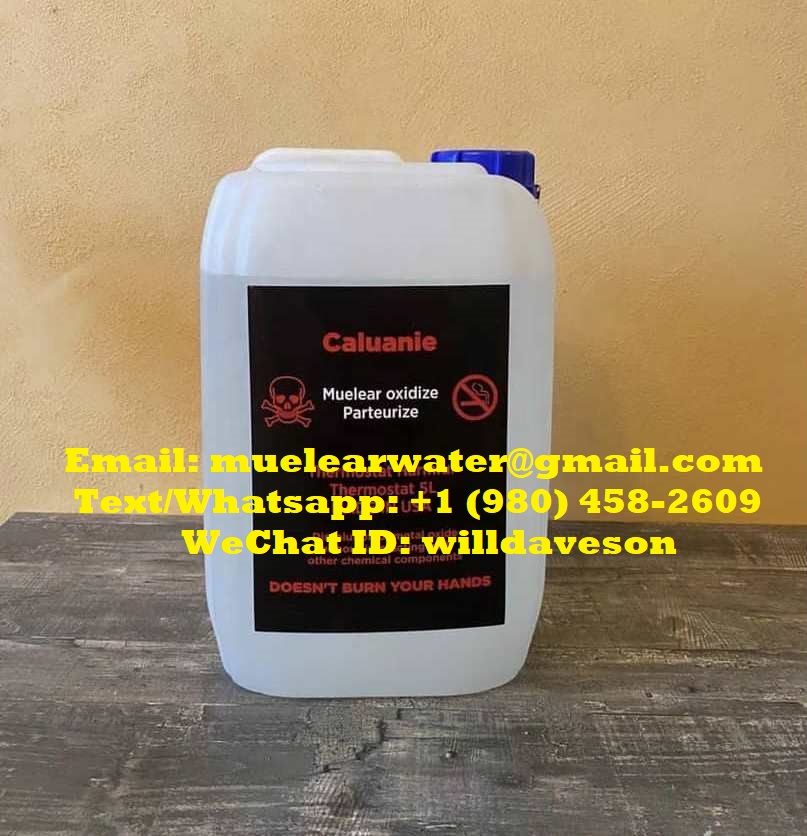Hydroxypropyl Methylcellulose (HPMC) Wholesale
Mydroxypropyl Méthylcellulose(HPMC), also known as , is a non-ionic cellulose ether made from natural polymer such as refined cotton or wood pulp through a series of chemical processes.HPMC is methyl cellulose ether derivatives polymer. HPMC cellulose is an odorless, non-toxic, tasteless white powder that can be dissolved in hot and cold water to form a transparent viscous solution.HPMC hydroxypropyl methylcellulose has the properties of thickening, binding, dispersing, emulsifying, film-forming, suspending, adsorbing, gelling, surface active, water retention and protecting colloid. HPMC cellulose is widely used as a thickener for dry-mixed mortars, tile adhesives, water-based paints, wall putty for interior and exterior walls, thermal insulation mortar series, pharmaceutical excipient, food ingredient, PVC, detergent, ceramics, Personal care & home care, textile etc.
What Is Hydroxypropyl Methylcellulose Used For?
Hydroxypropyl Methylcellulose (HPMC) Uses
Hydroxypropyl Methylcellulose (HPMC) is mainly derived from refined cotton/wood pulp, which is alkalized to obtain cellulose, and then added with propylene oxide and methyl chloride for etherification to obtain cellulose ether.HPMC Cellulose act as thickener, water retaining agent, dispersant, stabilizer, emulsifier, binder, excipient, film former in various industries. HPM cellulose is widely used in construction dry-mixed mortar, pharmaceutical, petrochemical, ceramics, paper, synthetic resin, leather, food and cosmetics and other industries.KimaCell® Hydroxypropyl Methylcellulose (HPMC) has the advantages of wide application, small unit usage, good modification effect, and environmental friendliness. HPMC products can significantly improve and optimize product performance in the field of its addition, which is conducive to improving resource utilization efficiency and product added value. Environmentally friendly additives that are essential in various fields.
In the field of medicine, Hydroxypropyl Methylcellulose (HPMC) is an important pharmaceutical excipient, which can be used in drug sustained and controlled release preparations, vegetable capsules, tablet coatings, suspending agents, tablet binders, tablet disintegrants and other application scenarios.Food grade Hydroxypropyl Methylcellulose (HPMC) is a recognized safe food additive. It can be used as a food thickener, stabilizer and moisturizer to thicken, retain water, and improve taste. It is widely used in developed countries, mainly for baked food, collagen Protein casings, whipped cream, fruit juices, sauces, meat and other protein products, fried foods, etc. China, the United States, the European Union, and many other countries allow HPMC to be used as a food additive.The proportion of food-grade Hydroxypropyl Methylcellulose (HPMC) used in food production in China is relatively low. The domestic market is still in the stage of application and promotion, coupled with the high price of food-grade HPMC, HPMC is used in fewer fields in food production in my country. However, with the improvement of income, the scale of the food industry is expected to maintain steady growth in the long run. Moreover, with the improvement of people's awareness of healthy food, the penetration rate of HPMC as a health additive will gradually increase. The consumption of HPMC in the food industry expected to grow further.In Construction drymix mortar industry, Hydroxypropyl Methylcellulose is used as a water-retaining agent and retarder for cement mortar to make the mortar pumpable. HPMC Used as a binder in plaster, plaster, putty powder or other building materials to improve spreadability and prolong work time. HPMC can be used as paste tile, marble, plastic decoration, paste reinforcement, and can also reduce the amount of cement. The water-retaining performance of HPMC prevents the slurry from cracking due to drying too quickly after application, and enhances the strength after hardening.
Hydroxypropyl Methylcellulose Benefits
Hydroxypropyl methylcellulose (HPMC) offers a wide range of benefits across different industries. HPMC versatile nature as thickener, stabilizer, film-former, and water-retaining agent makes it an indispensable ingredient in pharmaceuticals, food products, cosmetics, and construction materials. Whether it's providing controlled drug release in pharmaceutical formulations, improving texture and stability in food products, enhancing the performance of cosmetic formulations, or optimizing the properties of construction materials, HPMC plays a vital role.HPMC offers numerous benefits due to its unique properties, making it a valuable ingredient in many products.a. Controlled Drug Release: HPMC is commonly used as a matrix former in oral solid dosage forms, such as tablets and capsules. It provides controlled drug release, ensuring a steady and sustained release of the active pharmaceutical ingredient (API) over an extended period. This feature is particularly beneficial for drugs that require a slow release pattern to maintain therapeutic efficacy.b. Film Coating: HPMC forms a uniform and smooth film when applied to tablets or capsules, offering protection against environmental factors such as moisture, light, and air. It also improves the appearance, swallowability, and stability of the dosage form.c. Mucoadhesive Properties: HPMC can adhere to the mucosal surfaces, enhancing the contact time and improving drug absorption. This property is useful in the development of various oral and ocular drug delivery systems.a. Thickening and Stabilization: HPMC acts as a thickening and stabilizing agent in food products. It imparts viscosity, texture, and creaminess to sauces, dressings, and dairy products. It prevents phase separation and maintains the homogeneity of food formulations.b. Fat Replacement: HPMC can be used as a fat replacer in low-fat food products. It mimics the mouthfeel and texture of fats, providing a desirable sensory experience while reducing the calorie content.c. Water Retention: HPMC has the ability to retain water, thereby preventing moisture loss and maintaining the juiciness and freshness of food products. It is particularly useful in baked goods, where it improves shelf life and texture.a. Thickening and Emulsifying Agent: HPMCcellulose is widely used in cosmetic formulations, such as creams, lotions, and shampoos, due to its excellent thickening and emulsifying properties. It improves the stability and consistency of cosmetic products, allowing for better spreadability and ease of application.b. Film-Forming: When applied to the skin or hair, HPMCcellulose forms a protective film that helps to retain moisture, reducing water loss and maintaining hydration. It also enhances the longevity of cosmetic products on the skin or hair surface.c. Suspending Agent: HPMC can suspend solid particles in cosmetic formulations, preventing their settling or sedimentation. This property is particularly useful in suspensions, scrubs, and exfoliating products.a. Cement and Mortar Additive: HPMC acts as a thickener and water-retaining agent in cement-based products, such as mortars, tile adhesives, and renders. It improves workability, adhesion, and sag resistance, while reducing cracking and shrinkage.b. Improved Open Time: Open time refers to the duration during which a construction material remains workable after application. HPMC extends the open time of adhesives, allowing for easier positioning and adjustment of tiles, wallpapers, and other materials.c. Water Resistance: HPMC enhances the water resistance of construction materials, making them more durable and resistant to moisture-related damage. It improves the overall performance and lifespan of buildings and structures.Overall, the hydroxypropyl methylcellulose benefits are vast and diverse. Its multifunctional properties make it an essential ingredient in a wide range of products, providing improved performance, stability, and user experience. As research and technology continue to advance, HPMCcelluloseis likely to find even more applications in various industries, further demonstrating its value and versatility.
As one of cellulose ether suppliers, we can provide kinds of related products for sale, if you have needs, please contact us.
在线联系供应商
Other supplier products
| Food Grade CMC | Food Grade CMC refers to a type of food additive known as sodium carboxymethyl cellulose, which is derived from cellulose, a naturally occurring su... | |
| Hydroxyethylcellulose in Skin Care | Hydroxyethylcellulose in skin careis a cellulose thickener, emulsifier, and a stabilizer, which helps to create a consistent texture and improve th... | |
| HPMC E6 | KimaCell®HPMC E6Hydroxypropyl methylcellulose is a non-ionic cellulose mixed ether made from cotton and wood through alkalization, propylene ox... | |
| HPMC F4M | KimaCell®HPMC F4M Hydroxypropyl methylcellulose is used as a binder and disintegrant. Low-viscosity HPMC dissolves in water to form a clear to ... | |
| Paint Grade CMC | CMCpaint(Sodium Carboxymethyl Cellulose) is a type of cellulose ether that is commonly used as a thickener, stabilizer, and dispersant in paint for... |
Same products
| HPMC 粉末 | 卖方: 谊达纤维素 | 羟丙基甲基纤维素(HPMC)是采用精制棉经粉碎后,与氢氧化钠(液碱)溶液进行碱化反应,再加入二氯甲烷和环氧丙烷进行醚化反应,再经过介质混合、压制、干燥、筛分等一系列环节而制得,为无臭、无毒的白色... | |
| UHMWPE Plant | 卖方: Hubei Sanli Fengxiang Technology Co., Ltd | Ultra high molecular weight polyethylene (hereinafter called as UHMWPE) is a linear structural po... | |
| Formic acid production technology | 卖方: Hubei Sanli Fengxiang Technology Co., Ltd | There are totally four production processes forformic acid production, incl. Sodium Formate Proce... | |
| PPC Plant | 卖方: Hubei Sanli Fengxiang Technology Co., Ltd | PPC (polypropylene carbonate)is acompletely biodegradable environment-friendly plastic synthesize... | |
| Buy Caluanie Muelear Ship in Europe | 卖方: CALUANIE MUELEAR OXIDIZE | Caluanie (Oxidative Partition Thermostat, Heavy Water) Appearance: Transparent liquid. Smell: Ord... |









